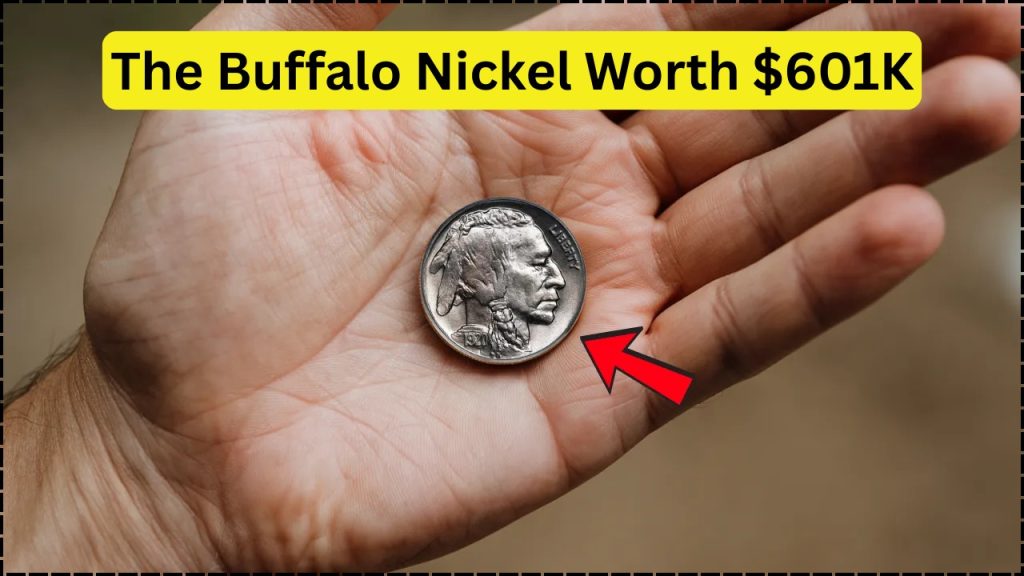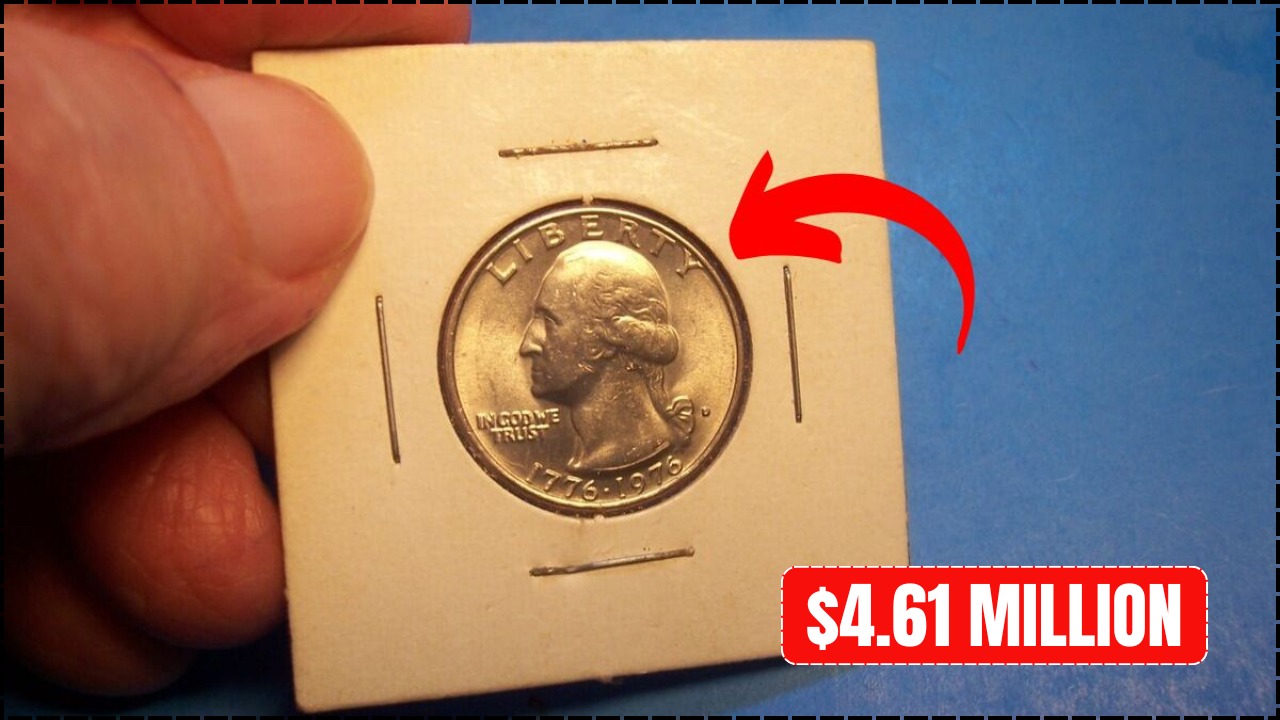
Buffalo Nickel, also famously known as the Indian Head Nickel, remains one of the most beloved pieces of American coinage. While originally minted as an everyday five-cent coin between 1913 and 1938, certain rare specimens have now reached staggering values, with the most remarkable examples selling for as much as $601,000. Astonishingly, these coins are sometimes still discovered in circulation, sparking excitement among collectors and everyday finders alike. For more official details about U.S. coinage, you can visit the U.S. Mint website.
In this article, we’ll explore the fascinating story of the Buffalo Nickel, why it’s so valuable, key dates and mint marks to watch for, how to identify rare versions, and practical tips if you ever find one.
Table of Contents
A Brief History of the Buffalo Nickel
The Buffalo Nickel was designed by sculptor James Earle Fraser, who sought to capture the rugged spirit of early America. Its obverse (front) features a composite portrait inspired by several Native American chiefs, while the reverse (back) shows an American bison. The bison design is thought to have been based on “Black Diamond,” a buffalo from New York’s Central Park Zoo.
Replacing the earlier Liberty Head Nickel in 1913, the Buffalo Nickel was minted until 1938, when it was succeeded by the Jefferson Nickel. Over its 25-year run, it became both a symbol of American heritage and a collector’s favorite.
Overview
| Year | Mint Mark | Top Value (High Grade) | Notable Feature |
|---|---|---|---|
| 1918/7-D | D (Denver) | Up to $601,000 | Overdate error (8 over 7) |
| 1937-D | D (Denver) | Up to $500,000 | “Three-Legged” buffalo error |
| 1916/16 | None | Up to $100,000 | Double-die error |
| 1926-S | S (San Francisco) | Up to $50,000 | Low mintage, rare |
| 1935-D | D (Denver) | Up to $10,000 | Scarcer Denver mintage |
Why Is It Called the Buffalo Nickel?
While officially named the “Indian Head Nickel,” the coin earned its popular nickname from the iconic image of the buffalo on the reverse. The bison’s strong silhouette made it instantly recognizable, and the name “Buffalo Nickel” became common among collectors and the public alike.
Why Some Buffalo Nickels Are Worth a Fortune
Though millions were minted, not every Buffalo Nickel carries high value. A select few reach impressive prices because of:
- Rarity: Certain years had very limited production or unique errors.
- Condition: Coins with sharp details, minimal wear, and original luster are highly sought after.
- Errors and Varieties: Mistakes like double strikes or missing legs make some coins unique.
- Historical significance: Coins tied to notable years or events often carry premium prices.
One of the most famous examples is the 1918/7-D Buffalo Nickel, which features a prominent overdate error (the numeral 8 stamped over 7). In pristine condition, this coin has sold for up to $601,000.
Key Dates and Mint Marks to Watch
If you come across a Buffalo Nickel, carefully check its date and mint mark:
- “D” indicates the Denver Mint
- “S” indicates San Francisco Mint
- No mint mark means it was minted in Philadelphia
Certain years and errors can dramatically increase the value of the coin, so always inspect closely.
Notable Errors That Add Value
Some Buffalo Nickels are famous for fascinating minting errors:
- 1918/7-D Overdate: An “8” punched over a “7,” creating a rare double date.
- 1937-D Three-Legged Buffalo: The bison appears to have only three legs due to over-polishing of the die.
- 1916/16 Double-die: Shows a doubled date from a striking mistake.
These varieties are among the most prized by collectors.
How to Identify a Valuable Buffalo Nickel
Finding a rare Buffalo Nickel in your pocket change feels like striking gold. Here’s how to examine them:
- Inspect the Date & Mint Mark: Use a magnifying glass for clarity. Rare years like 1918/7-D and 1937-D stand out.
- Look for Errors: Missing legs, doubled dates, or off-center strikes can make a coin special.
- Evaluate Condition: Grading services like PCGS or NGC can professionally assess a coin’s state. Coins in “Mint State” fetch the highest prices.
Why Collectors Love Buffalo Nickels
Buffalo Nickels remain favorites because:
- They symbolize the American West and its frontier history.
- Their bold design and story-rich imagery appeal to art lovers and historians.
- Scarce mint years and errors make them challenging and rewarding to collect.
To many, owning a Buffalo Nickel is like owning a piece of living history.
Tips for Beginner Coin Collectors
Thinking about starting your own collection? Here are practical steps:
- Begin with affordable pieces to get familiar with grades and varieties.
- Join coin clubs or online forums to learn and trade insights.
- Use tools: A magnifying glass and coin reference guide are essential.
- Stay patient: Rare finds may take time, but the search is part of the fun.
Conclusion
The Buffalo Nickel isn’t merely a five-cent coin; it’s a small but profound piece of American heritage. With some specimens worth as much as $601,000, it proves that real treasures sometimes hide in plain sight.
If you keep an eye out for rare dates, mint marks, and errors, you might just discover history — and significant value — in your spare change.
FAQs
Q1: Where is the mint mark on a Buffalo Nickel?
A: Underneath the buffalo, on the reverse side.
Q2: What makes the 1937-D Buffalo Nickel rare?
A: It shows a “Three-Legged Buffalo” error caused by over-polishing the die.
Q3: Can Buffalo Nickels still be found in circulation?
A: Yes, though rare, they sometimes appear in loose change or old coin rolls.





